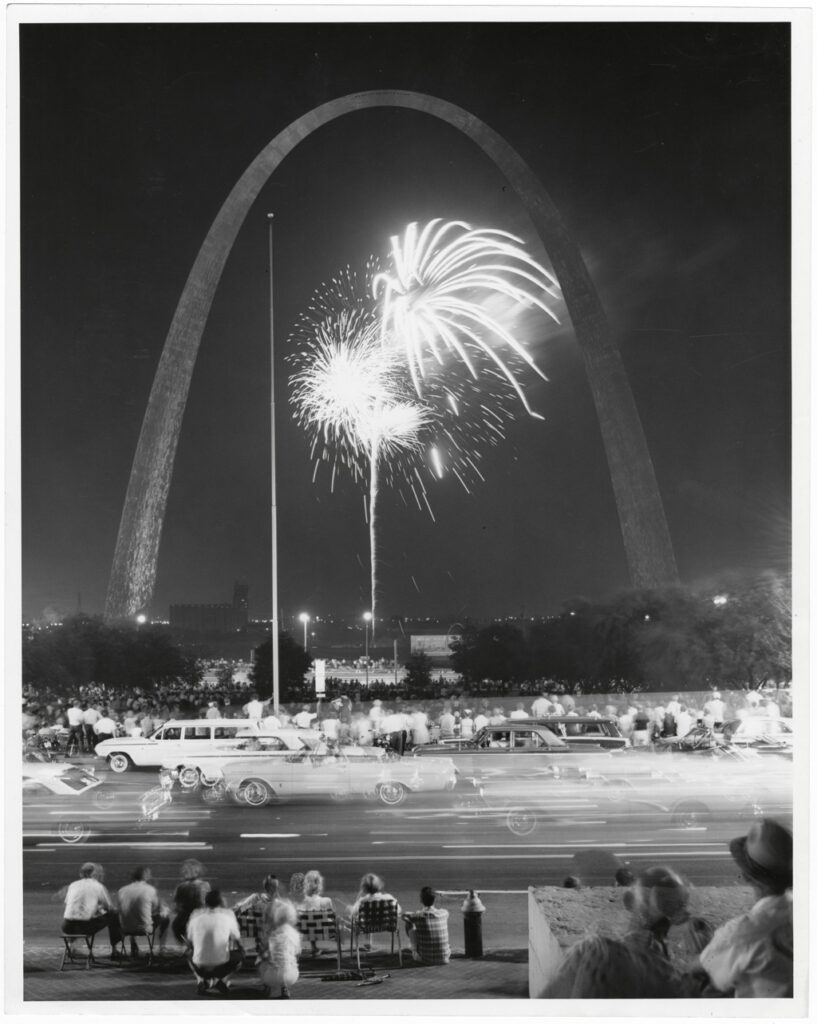
This course examines the major political, economic, and social changes that occurred in the United States from 1865 to the present. Since 1865 the United States expanded its voting franchise to minorities, specifically African–Americans and women. Federal and State governments enacted legislation which their constituents, the American people, actively debated and resisted. At the same time the United States grew from a regional industrial power into one of the preeminent global economies on the planet. Technology, warfare, and social–economic pressure drove much of this change. In the span of one–hundred years Americans went from farming by hand to farming on an industrial scale. People stopped making “just enough” to get by and began purchasing items from stores and commercial outlets. In order to finance and support this growth Americans needed resources and labor and in 1898 they looked to Cuba, Guam, Puerto Rico, and the Philippines. In doing so the United States transformed yet again into an empire, much of which remains intact to this day. This process occurred over a period of one–hundred fifty years and continues to today. We cannot cover all of these changes in the detail they deserve. All of these changes, however, have a direct impact on our present circumstances and our future. What should be the role of government in people’s lives? How can we learn to live decently in a racially diverse, and at times divided, nation? How do we define American influence and its responsibility to other nations? How shall we define what it means to be an “American?”
Given the lead instructor’s research interests, this semester, the lectures will relate readings to the history of St. Louis. A lecture in week one will explain how St. Louis will be used to draw the readings down to a specific place where history happened.
Spring 2025 Syllabus
